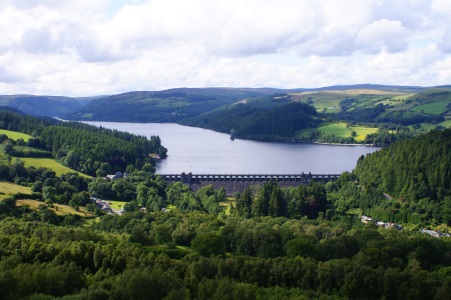
Water resources asssessment aims to quantify both the quantity and quality of surface and groundwater. Common Futures works with a wide variety of computer models, as well as data collection and interpretation techniques, to help clients in evaluating their water resources and planning for future uses.
Some examples include:
Studies have looked at influence of climate, anthropogenic loadings, and reservoir management, on water quality.
Treasure Valley, the watershed encompassing Boise, Idaho, is experiencing increased pressure on its water resources, and is trying to understand how urban growth, climate, agriculture, and other water uses interact, and how future demands on this increasing scare resource can best be accomodated in an era of changing climate.
Common Futures scientists are working with researchers at Boise State University to develop an Envision application that models a variety of sources of supply (e.g. precipitation, snowpack, reuse), demands (e.g. agriculture, urban residential, industrial, ecological services), infrastructure (e.g. dams and reservoirs), and institutions (e.g. water rights, western water law).
The resulting Envision model will inform a stakeholder-engaged scenario planning process that will lead to increased understanding of the possible impacts of climate change, population growth, and other change drivers on water supply and demand, including assesssment of a variety of alternative water management policies.